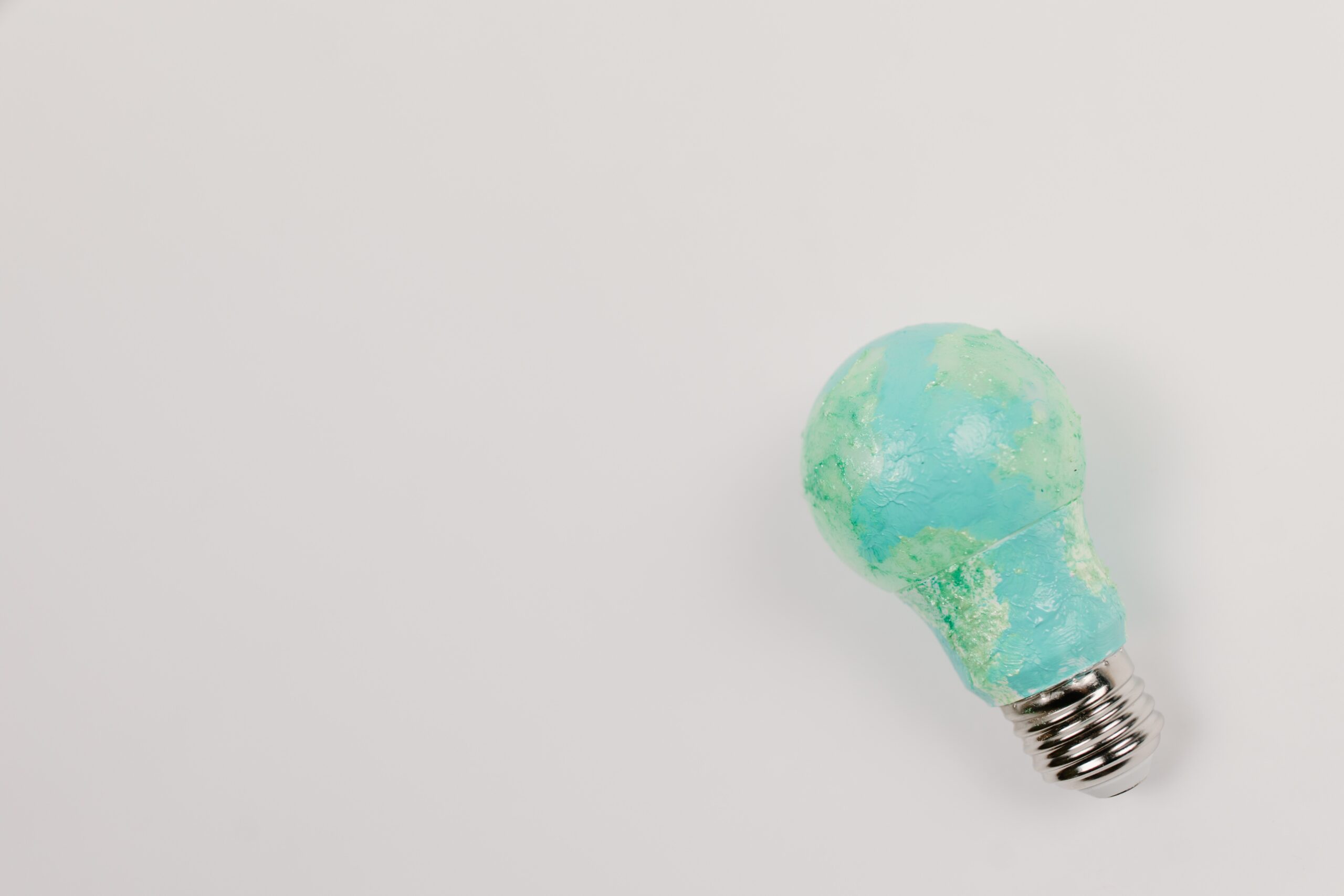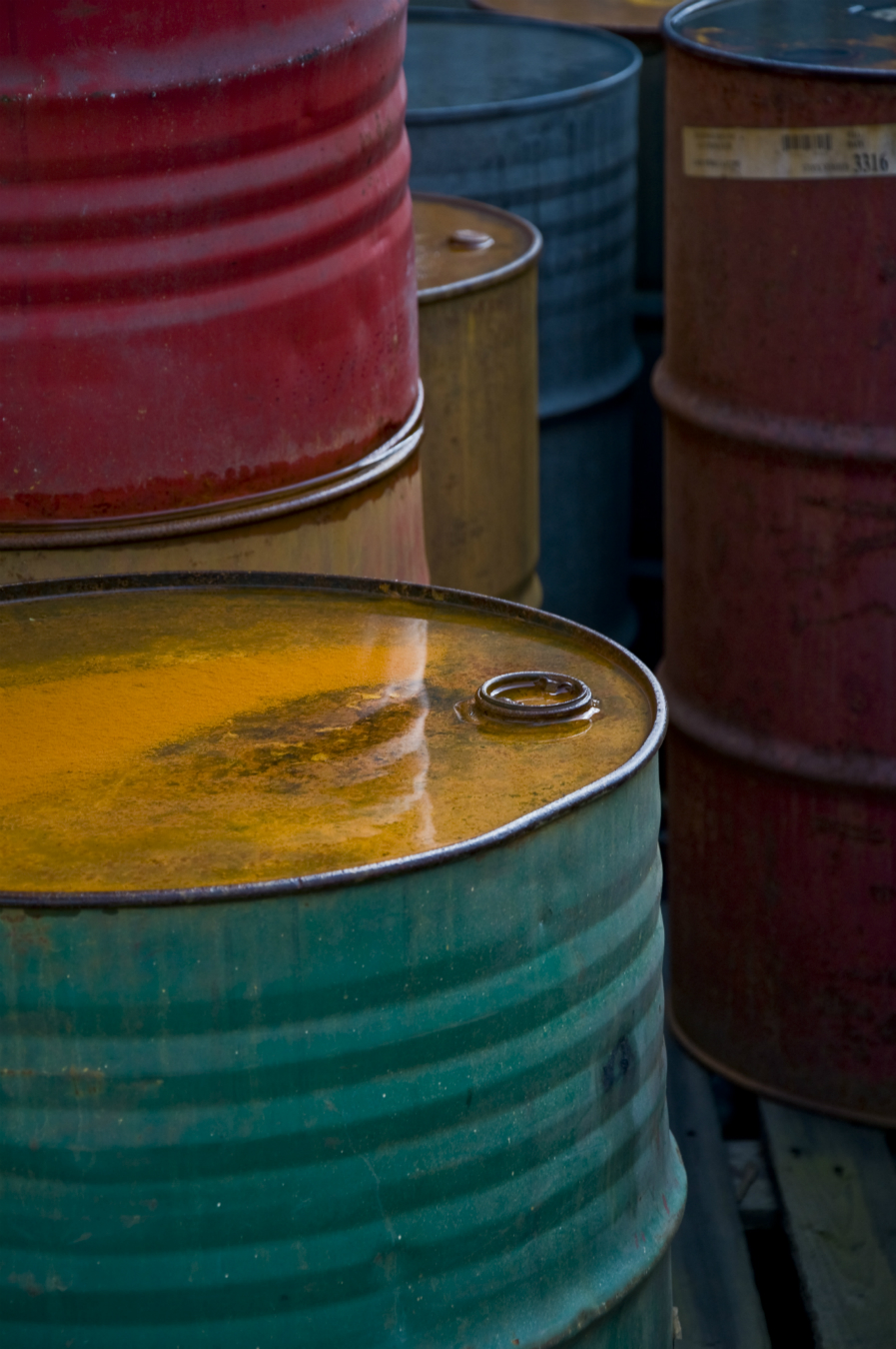The Whitest Paint Ever Could Be a Useful Tool to Fight Climate Change
White out.

Photo by Tara Winstead from Pexels.
Whatever your interior designer might call it—Cotton Balls, Winter Snow, Cloud Cover, Polar Bear—white paint is everywhere. Now, in addition to its creative nomenclature, white paint has another thing going for it: it might just slow climate change.
The trick is to tweak the chemical formula of the paint itself. Instead of the typical titanium dioxide pigment, researchers at Purdue University used a formulation with a high concentration of barium sulfate, a recipe that can reflect up to 98.1 per cent of solar radiation. In this way, the new “Purdue White” scatters heat from its surface in a way regular white simply can’t. And because barium sulfate costs less than the usual titanium dioxide, it could end up lowering your renovation bill too.
It could also make a big difference for cities that need coal- and natural-gas-generated electricity to keep the air conditioning on in the summer. Ask anyone who’s taken a stroll down Main Street in August: black pavement and dull-grey concrete can be massive heat sinks, keeping the ambient temperature uncomfortably high during the day and slowly releasing heat later on, interrupting the normal nighttime cooling process. As researchers found, slathering Purdue White onto a roof or a wall or even a sidewalk can actually lower the surface temperature below its surrounding air temperature by a factor of 4.5°C in the middle of the day.
Of course, when it comes to climate change, for every action we take to help the Earth, there seems to be a reaction. And so it is with Purdue White. Because heat is essential to the natural lifting mechanism in the air that allows condensation to occur, when we stabilize the lower levels of the atmosphere by removing heat, we minimize or even eliminate that lifting mechanism. The potential result: less rain—in exactly those areas that need it most.
All of which is a good reminder that victory in the war against a rapidly warming Earth won’t come with a single, decisive victory but in fits and starts, trial runs and stumbles, breakthroughs and dead ends. It’s not a question of whether we should focus on electric cars, windmills, or white paint; we need all of the above, along with a new kind of concrete, a whole lot more dandelions, and even a giant, ocean-sized vacuum cleaner if we want our planet to stay its naturally designed shade of Cobalt, Pacific Pleasure, or if you prefer, blue.




